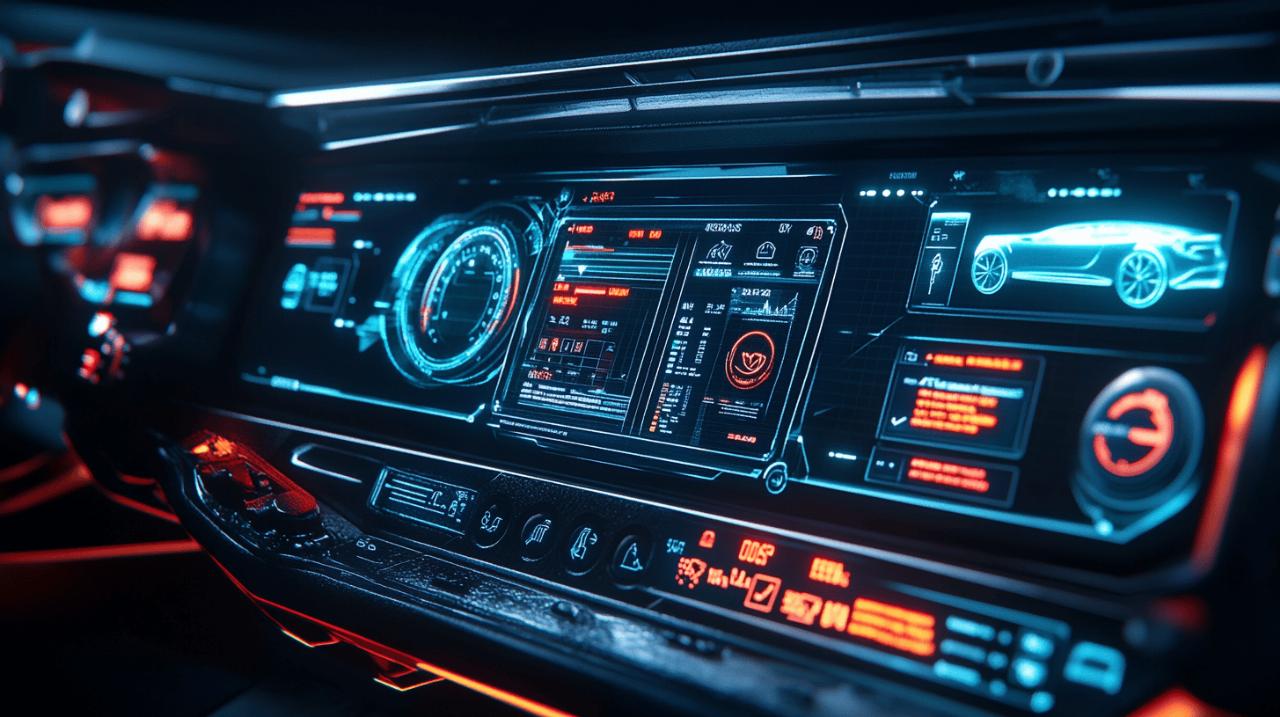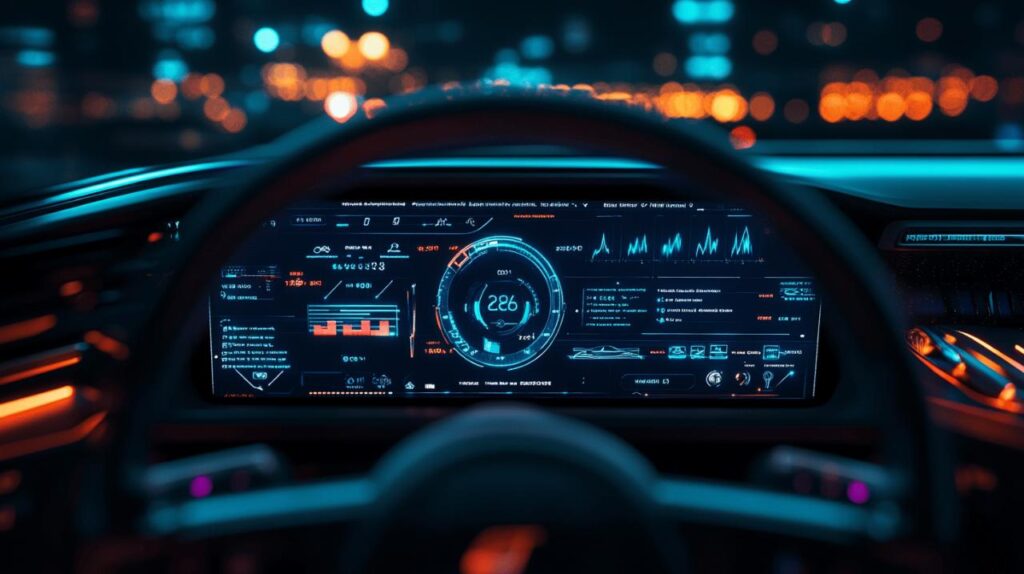Proper vehicle maintenance is not just about preventing breakdowns; it’s about ensuring your car remains reliable, efficient, and valuable for years beyond the average lifespan. With today’s cars lasting approximately 14 years before scrappage, implementing a consistent maintenance routine can significantly extend your vehicle’s time on the road while saving you money on costly repairs and replacements.
Regular fluid checks and changes
Your vehicle relies on various fluids to function optimally. Maintaining proper fluid levels is among the most critical aspects of car care that many drivers overlook. The MetAuto automotive blog emphasizes that fortnightly checks of engine oil, coolant, and screen wash can prevent significant mechanical issues and extend your vehicle’s operational life.
Understanding different vehicle fluids and their functions
Engine oil lubricates moving parts and prevents excessive wear, while coolant maintains optimal engine temperature through a mixture of 50% distilled water and 50% antifreeze. Power steering fluid ensures smooth steering operation, and brake fluid enables effective stopping power. Transmission fluid facilitates smooth gear shifts, and screen wash maintains visibility. Using recommended fluids rather than cheaper alternatives can preserve system integrity and prevent expensive repairs.
Creating a Schedule for Routine Fluid Maintenance
Establish a consistent schedule for fluid maintenance based on your manufacturer’s recommendations. Checking oil levels monthly and coolant every few months prevents engine damage and overheating. When topping up screen wash, use shop-bought solutions rather than washing-up liquid, which can damage paintwork and components. Record all maintenance activities to track patterns and anticipate needs before problems develop.
Tyre care and maintenance
Tyres are your only contact with the road, making their maintenance crucial for safety, performance, and longevity. Proper tyre care extends not only the life of the tyres themselves but also reduces strain on connected components like brakes and suspension.
Proper tyre pressure monitoring techniques
Check tyre pressure weekly when tyres are cold for accurate readings. Maintaining manufacturer-recommended pressure levels improves fuel economy, handling, and tyre lifespan. Seasonal temperature changes affect pressure, requiring adjustments throughout the year. Consider investing in a quality pressure gauge for home use rather than relying solely on petrol station equipment, which may be less accurate.
Tread depth assessment and rotation practices
While the legal minimum tread depth is 1.6mm across the central three-quarters of the tyre, experts recommend replacing tyres when tread reaches between 2mm and 3mm. Rotate tyres every 5,000-8,000 miles to ensure even wear patterns. Understanding tyre codes can help you make informed decisions when replacements are necessary, with codes indicating width, height, construction type, diameter, load index, and speed rating.
Brake system upkeep
Your vehicle’s braking system is vital for safety and requires regular attention to maintain optimal performance. Using brakes properly not only extends their life but protects other drivetrain components as well.
Signs of Brake Wear and When to Take Action
Listen for squealing or grinding noises, which typically indicate worn brake pads. Watch for decreased braking performance, including longer stopping distances or a spongy brake pedal. Visual inspection can reveal thinning brake pads or scored discs. Address these issues immediately to prevent more extensive damage to the braking system. Using your brakes to reduce speed rather than relying on engine braking helps preserve drivetrain components.
Professional vs diy brake maintenance
While some aspects of brake maintenance can be performed at home, the critical nature of braking systems often warrants professional attention. Brake fluid replacement every two years prevents moisture accumulation and maintains hydraulic pressure. When replacement is necessary, avoid scrimping on parts and choose original or equivalent quality components to ensure safety and longevity.
Air filtration systems
Air filtration systems affect both engine performance and cabin comfort. Regular maintenance of these often-overlooked components improves fuel efficiency and preserves interior air quality.
Engine air filter replacement guidelines
The engine air filter prevents dust and debris from entering the engine, extending its life and maintaining efficiency. Replace filters according to manufacturer recommendations, typically every few years or more frequently in dusty environments. A clogged filter can cause misfires, reduced power, and increased fuel consumption. Consider learning to replace the filter yourself to save on maintenance costs.
Cabin air filter maintenance for interior air quality
The cabin air filter improves interior air quality by trapping pollen, dust, and pollutants. Replace it according to the service schedule to maintain a healthy environment inside your vehicle. This maintenance is particularly important for allergy sufferers and contributes to the overall comfort of your driving experience. Regular replacement also helps maintain efficient heating and air conditioning operation.
Battery health and electrical systems
 Modern vehicles rely heavily on electrical systems, making battery maintenance essential for reliable operation. With proper care, you can extend battery life and avoid inconvenient failures.
Modern vehicles rely heavily on electrical systems, making battery maintenance essential for reliable operation. With proper care, you can extend battery life and avoid inconvenient failures.
Extending battery life through proper maintenance
Drive your vehicle at least once a week to maintain battery charge, or use a trickle charger during periods of inactivity. Clean battery terminals regularly to prevent corrosion that can impede electrical flow. In extreme climates, consider storing your vehicle in a temperature-controlled environment to reduce battery stress. Avoid leaving electrical accessories running when the engine is off to prevent unnecessary battery drain.
Troubleshooting common electrical issues
Dim headlights or interior lights often indicate battery problems. Difficulty starting the vehicle, particularly in cold weather, suggests declining battery health. Check warning lights immediately, as they frequently signal electrical system issues before they become serious problems. Maintaining connections and fuses can prevent intermittent electrical failures that are often difficult to diagnose.
Preventative maintenance approach
Adopting a preventative rather than reactive approach to vehicle maintenance can dramatically extend your car’s lifespan while reducing overall ownership costs.
Identifying minor issues before they escalate
Address unusual noises, vibrations, or warning lights immediately rather than waiting for a breakdown. Maintain detailed service records to track recurring issues and anticipate maintenance needs. Remove unnecessary weight from your vehicle to reduce strain on tyres, brakes, and suspension. Resist the temptation to modify your vehicle with aftermarket parts that may compromise reliability and resale value.
Seasonal vehicle checks and preparations
Prepare your vehicle for winter with antifreeze checks, battery testing, and tyre inspections. Summer preparations should include cooling system maintenance and air conditioning checks. Spring and autumn serve as ideal times for thorough inspections and maintenance before extreme weather conditions arrive. Adjust your driving habits seasonally, including allowing older engines to warm up properly in winter months.
Following manufacturer recommendations
Your vehicle’s manufacturer has developed specific maintenance schedules based on extensive testing and engineering knowledge. Following these recommendations is one of the most effective ways to extend vehicle life.
Decoding your vehicle’s service manual
Familiarize yourself with your service manual to understand maintenance intervals based on time or mileage. Budget for both minor annual services and major services every 2-3 years. The manual contains valuable information about fluid specifications, replacement parts, and warning indicators specific to your vehicle model. Understanding these recommendations helps you make informed decisions about maintenance timing and priorities.
Building a Relationship with a Trusted Service Provider
Finding a reliable service provider who understands your vehicle can be invaluable for long-term maintenance. A good mechanic will provide preventative advice rather than just fixing problems as they occur. They can help you develop a maintenance schedule tailored to your specific driving conditions and habits. Consistent service from the same provider also creates a detailed history of your vehicle, making problem diagnosis more efficient.
Vehicle cleaning and protection
Regular cleaning is more than cosmetic maintenance; it protects your vehicle from environmental damage and preserves both appearance and structural integrity.
External washing and waxing best practices
Hand washing is preferable to automatic car washes that may damage paintwork over time. Regular waxing creates a protective barrier against environmental contaminants. Address rust spots early to prevent spreading, and consider chassis rust-proofing, especially for older vehicles. Parking in a garage or using a car cover provides additional protection from environmental damage, vandalism, and theft.
Interior Cleaning to Preserve Value and Comfort
Regular interior cleaning prevents premature wear of upholstery and trim. Vacuum frequently to remove abrasive dirt and debris. Clean spills immediately to prevent staining and odors. Proper interior maintenance maintains cabin air quality and preserves resale value. Use appropriate cleaning products designed specifically for automotive interiors to avoid damaging sensitive materials.

